Support strong Canadian climate journalism for 2025
A week after 16 wild Plains bison were slung by helicopter into the backcountry of Banff National Park, project manager and biologist Karsten Heuer went to check on the herd.
He got emotional as he walked around the corner and saw the animals in the pasture.
“I was actually surprised by my own feelings,” Heuer said in an interview with National Observer.
“I was like, ‘Holy cow, they blend right in. They look like they’ve always been here.’ It was as if they had never left. They just looked relaxed and looked like they belonged.”
The bison, which include 10 pregnant females and six bulls, are the first wild — and, by next summer, free-roaming — Plains bison herd in Banff National Park in more than a century.
Bison return marks Canada’s 150th anniversary
Their return on Feb. 2 to the Panther Valley, located on the east-central side of the park, was hailed as both a “historic homecoming” and a way to mark the 150th anniversary of Canada’s confederation.
Plains bison are an important part of Canadian history, roaming in the Rockies and the eastern slopes for thousands of years. They filled an important need in the lives of First Nations people and early pioneers, until they were nearly wiped out by hunting in the mid-1800s.
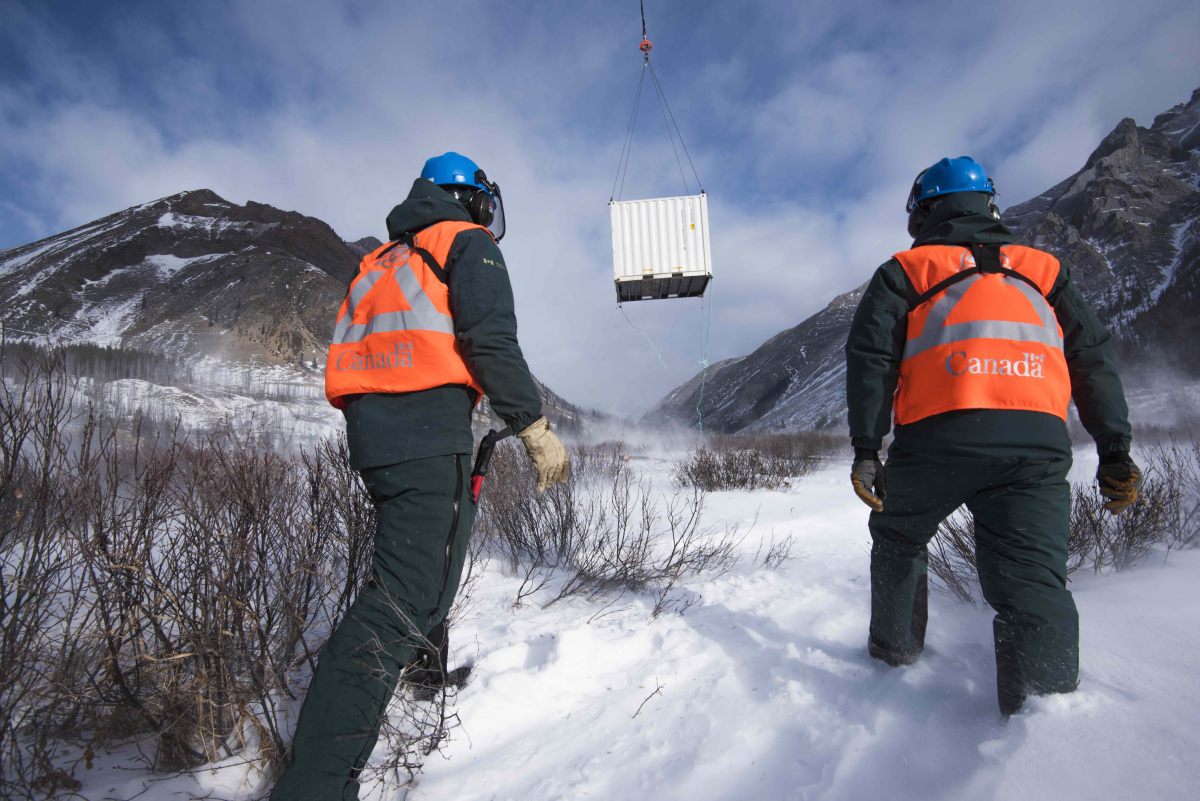
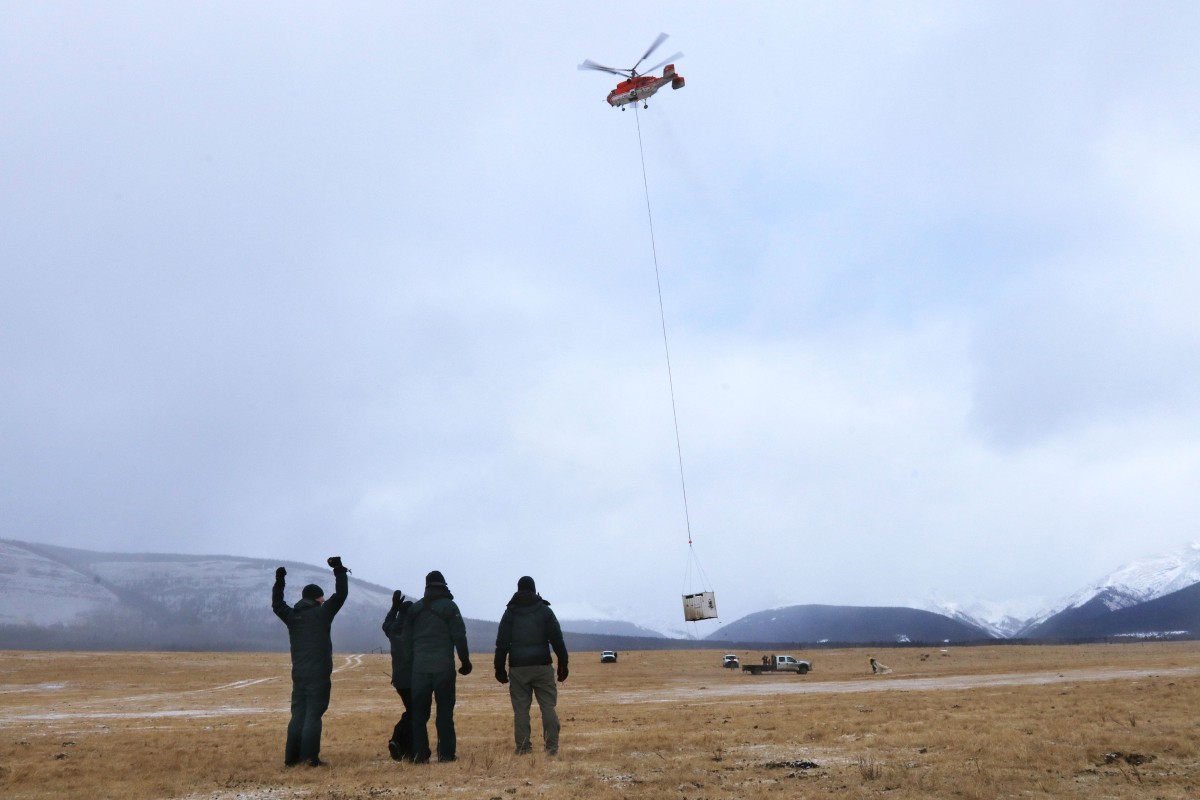
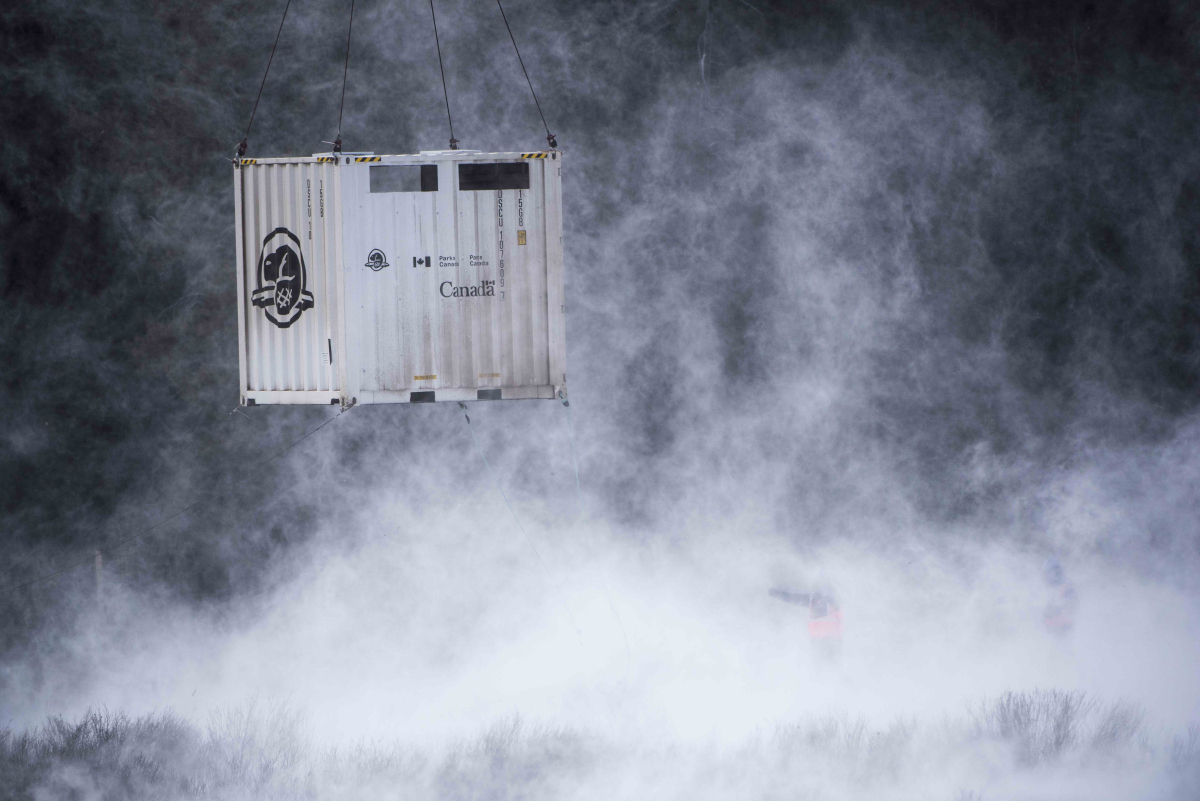
They’re also considered ecosystem engineers, maintaining meadows and grasslands that other animals — particularly birds and bugs — depend on.
“No one animal, no one symbol represents the history, the culture and the ecology of the Bow Valley more than buffalo does,” said Harvey Locke, a well-known conservationist who’s a trustee with the Eleanor Luxton Historical Foundation in Banff.
Archaeological evidence, which goes back 11,000 years, has shown bison are among the most common bones found in Banff National Park.
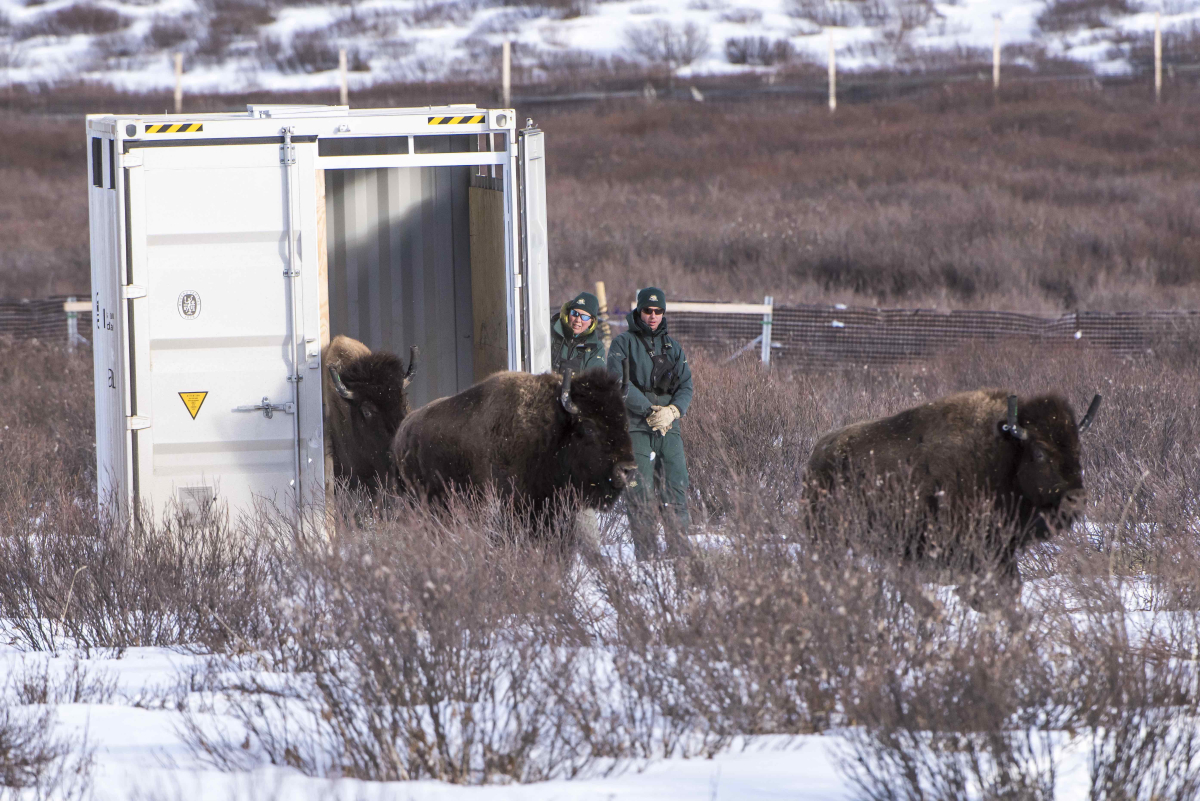
Known by First Nations as buffalo, the animals are an important link to the land.
“These animals, any animals in this region, are sacred,” Elder Tom Crane Bear of the Siksika Nation, said during a homecoming celebration in Banff last week.
Banff’s bison came from Elk Island National Park, east of Edmonton, where there are disease-free herds of both Plains and Wood bison that have become a seed source for translocations.
Remarkable, robust animals
They were transported overnight in crates – modified sea cans – secured to five flat-bed trucks to the federal government-owned Ya Ha Tinda Ranch, then flown by heavy-duty helicopters into the Panther Valley. There’s no road access into the area about 40 kilometres north of the town of Banff.
The herd are being held in a fenced ‘soft-release’ pasture until 2018 so the cows can give birth twice and bond to the area, which now is six hectares and will be expanded to 18 hectares in the summer.
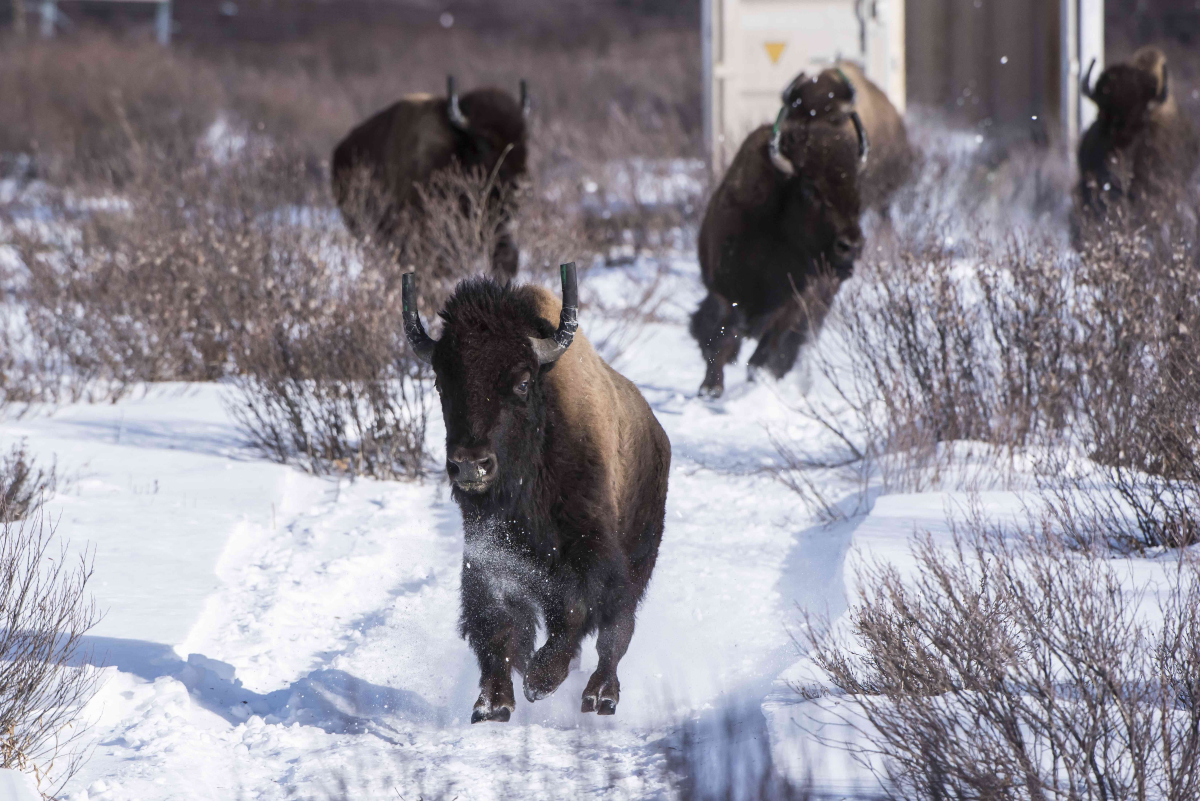
“One of the biggest challenges of this project was getting them to anchor to the area,” admitted Heuer, addressing concerns from nearby landowners and ranchers that the bison could potentially escape the boundaries of the national park.
They are currently being monitored 24/7 by a ‘bison herder or bison babysitter’ and some of the animals are also fitted with GPS collars to keep tabs on the herd once they are released into the larger, 1,200-square kilometre area in the summer of 2018.
Heuer, who will head back into the warden cabin for another week-long shift as bison herder in the middle of March, said they are truly remarkable animals.
“We put them through a lot on that journey,” he said, noting they were tranquilized and jostled around on the trip from Elk Island into the backcountry. “They came through with a few bumps and scrapes but no limps, none of them were off their food. They are amazingly robust and strong animals.”
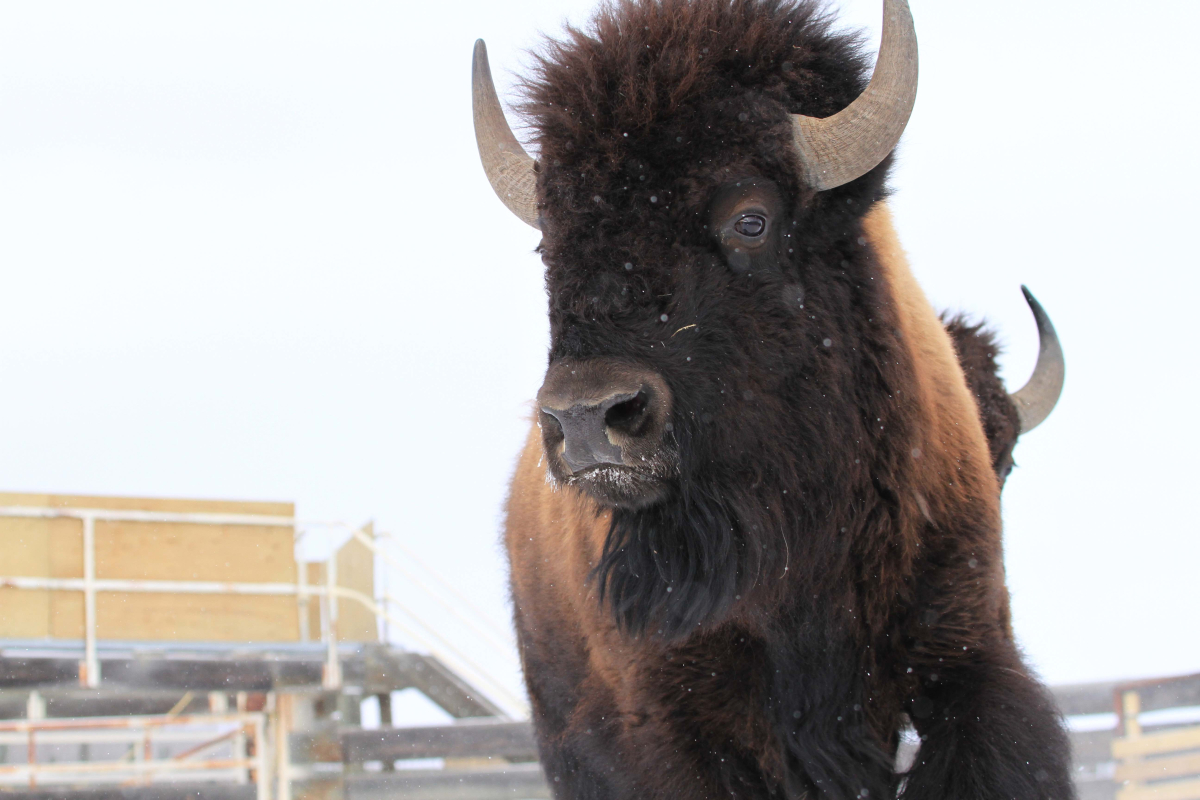

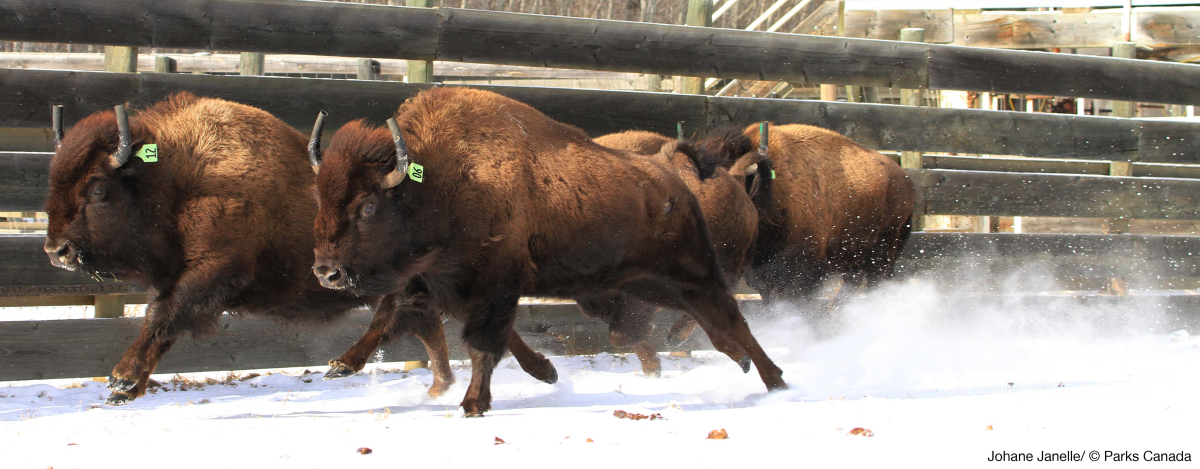

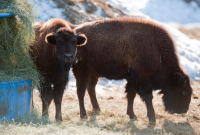
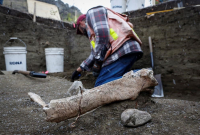
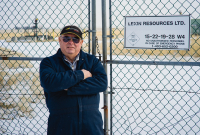
Comments
wonderful story!
This story was a delight to read this morning. Good things do happen! A small niggle: The Plains Indians may have known the bison as buffalo as this article states, but they did not know them by this Greek/Latin derived word before the arrival of Europeans.
https://www.google.ca/search?q=buffalo+etymology&ie=UTF-8&oe=UTF-8&hl=e…
Why have their horns been trimmed?